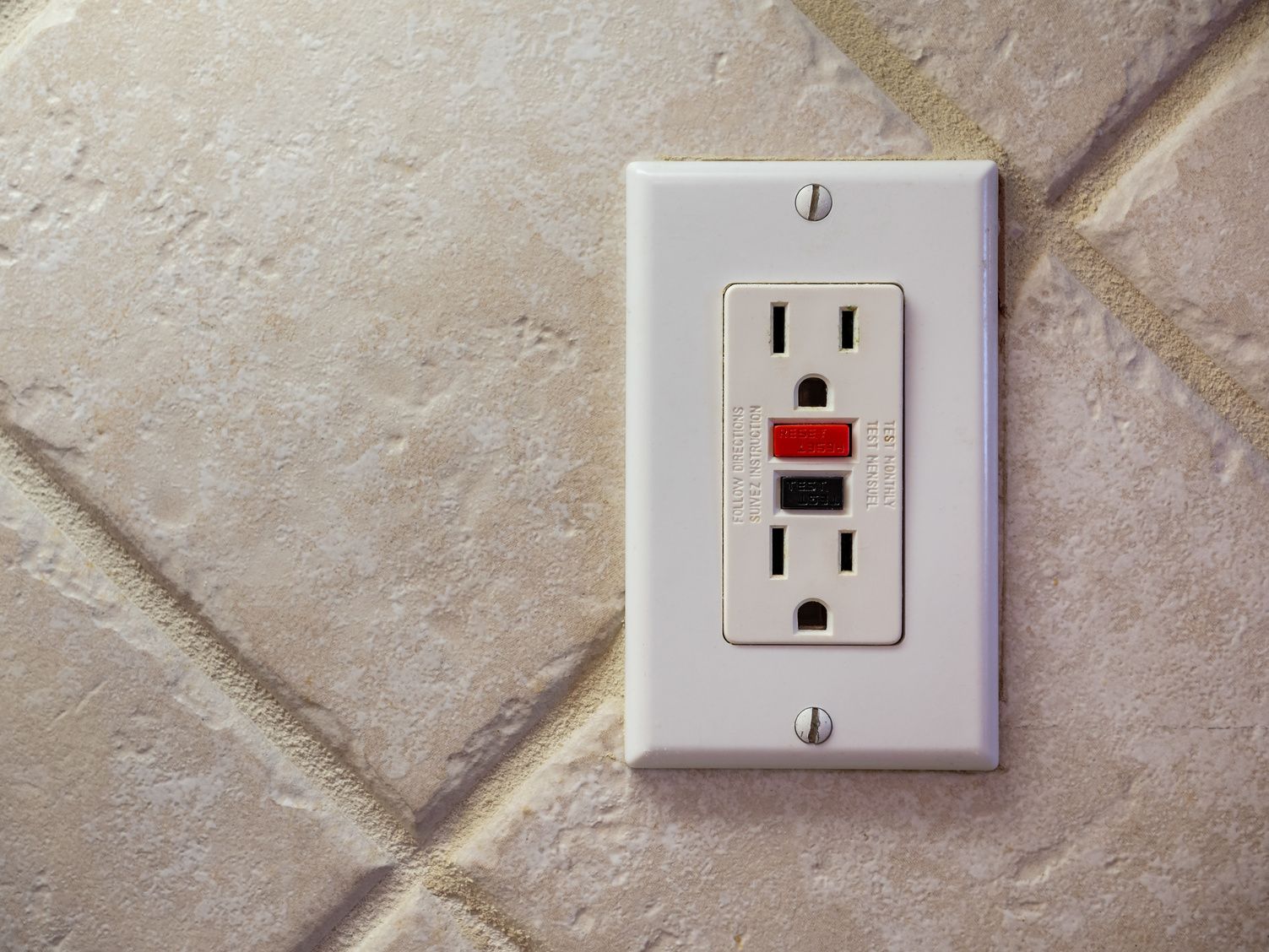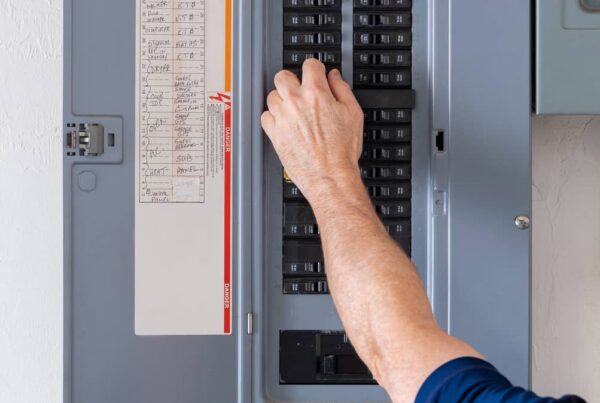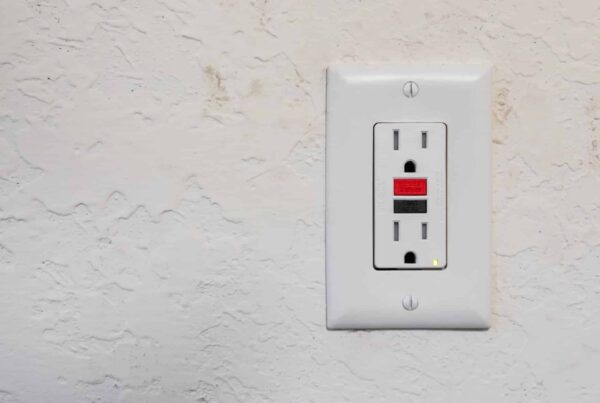
You may have heard the word from your electricians or inspectors, but what really is a GFCI or Ground Fault Circuit Interrupter? Well, as the name implies, if there is a ground fault, it interrupts the circuit. But what does a ground fault even mean?!
What is a Ground Fault?
You know when you learned in basic science class that electricity is a circuit of positive to neutral? A ground fault happens when there is some type of disconnect in the circuit causing a difference in the amperage from positive to neutral! Here is an example: If you plug in your toaster and the toaster malfunctions.
Instead of the electricity properly flowing back to the outlet (completing the circuit), the electricity flows through the toaster to the water. Or, perhaps, there was a utensil stuck inside the toaster.
What happens next?
If there is a break in the circuit, the electricity MUST find a way to complete the circuit. So, in the example above, the electricity goes to what is called a “ground”. This means, there is a surge in electricity that causes it to find electricity outside the controlled home electrical system.
A ground could be anything from a human, to the Earth, to the literal grounding wire system of the house. These are the 3-prong outlets. 2-prong outlets are not grounded.
GFCI’s Action to Stop Ground Faults
Once a GFCI detects a ground fault by measuring the amperage given versus the amperage back to the neutral, the system turns off. This is detected within 1/40th of a second and stops human injury/shock!
Where are GFCI’s?
GFCI’s are now required to be in locations where water is located. This includes: kitchens, bathrooms, garages, and exterior areas.
How to Check for GFCI’s
You can look for your “push button” outlets in these areas. They look like the featured image of this post, however, they do take many forms/colors.
On the other hand, if you cannot find these push buttoned outlets, check your electrical panel. You might find them in there. In the case of the electrical panel, the GFCI breaker would cover the entire circuit of that room. I.e. the kitchen, bathroom, or garage.
Do not confuse your GFCI breakers with AFCI breakers, however.
What if I only find one GFCI outlet in each room? (or where water is located)
A GFCI is often connected at the beginning of the circuit. Therefore, it detects the amperage difference of any outlets down the line of the circuit so only 1 GFCI is needed.
To check if a GFCI is connected at the top of the circuit in a room, test the outlet with a button. Once the outlet is “tested” it should turn off all outlets down the circuit.
Testing GFCI’s
Your GFCI outlets and breakers should be tested MONTHLY! That’s right, every month. In doing so, you are ensuring the safety of your family by making sure the system is not faulty. You can test GFCI’s by pushing the test and reset button.
What if you do not have GFCI’s?
If you believe you are missing GFCI’s in a room or altogether, you might want to call an electrician. If you are handy, this is something you can YouTube to do yourself but be sure to turn off the electricity first!
A ground fault is one of “things” that you probably do not think you need until YOU NEED IT!
Do yourself and your family a favor… install and periodically test your GFCI’s for functionality.
If you want to read more about GFCI’s you can do so on the OSHA website. Or you can learn more about Ground Faults.



